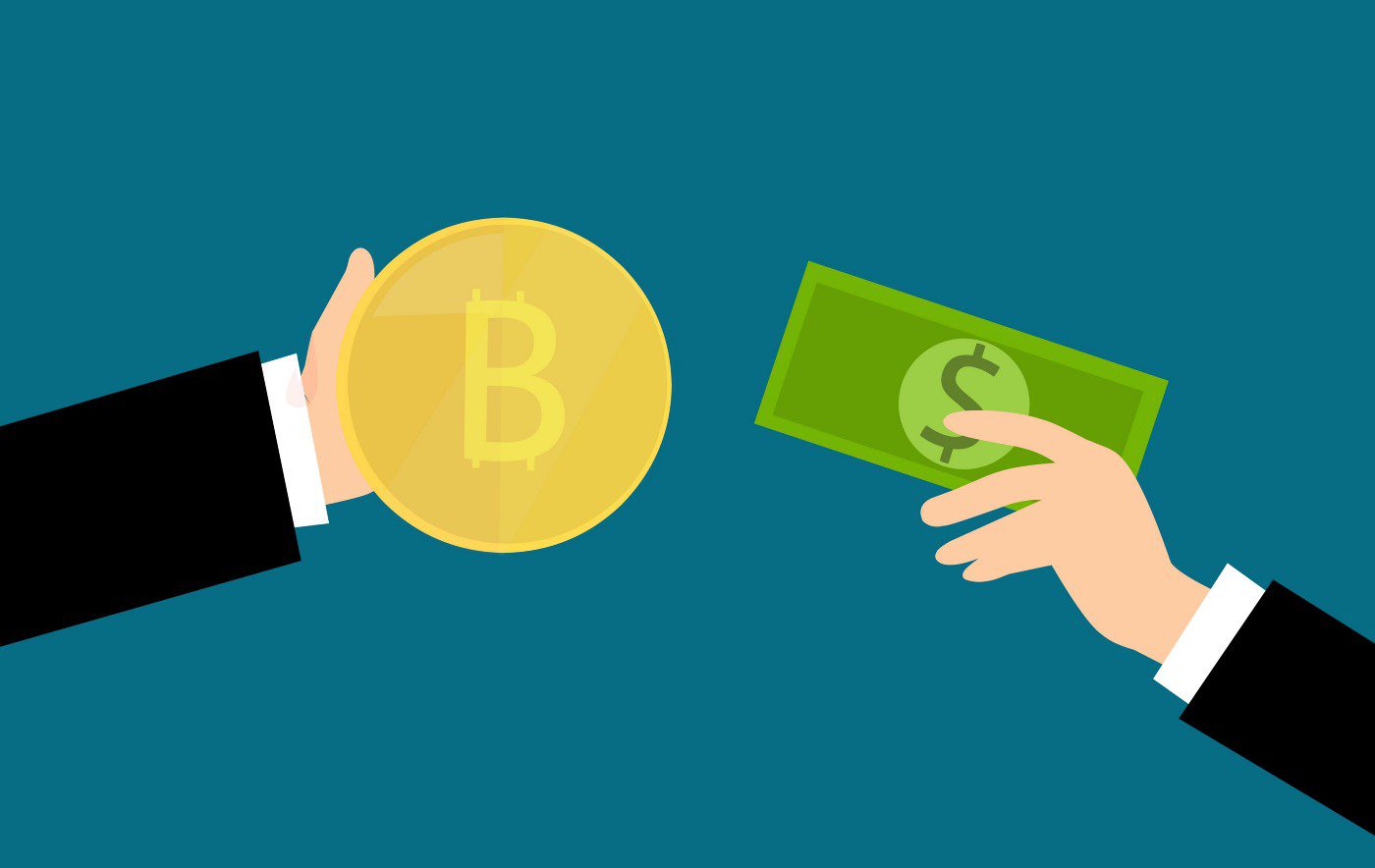The idea of “buying a bitcoin” might seem out of reach if you know what the price of bitcoin is lately, but the good news is that you do not need to buy a whole bitcoin to purchase this cryptocurrency.
That being said, it’s important to note that there is a limit to how far bitcoins can be divided. This article will explain what this limit is and why it exists. This article will also clarify a common misconception of many beginners who compare the per-unit prices of bitcoin with those of alternative cryptocurrencies (also known as altcoins). By the end of this article, you should have a good understanding of why there is nothing wrong with buying a fraction of a bitcoin.
Understanding Bitcoin Units
The smallest unit of bitcoin is a satoshi, named after the inventor of bitcoin. Each bitcoin is made up of one hundred million satoshis (i.e. 1 satoshi = 0.00000001 bitcoin). This is in stark contrast to something like the US dollar, which essentially only goes down to $.01.
However, even though bitcoins can technically be divided into one hundred million satoshis, the smallest standard bitcoin transaction allowed is 546 satoshis. This limit is not enforced by the bitcoin protocol itself, but rather it is put in place by most bitcoin mining software and cryptocurrency wallets. The reasoning behind this lower limit on bitcoin transactions is a result of the fees that are typically associated with bitcoin transactions. For example, it is not worthwhile to buy less than 0.00004000 bitcoin at a time (USD 0.40 at the time of writing), because transaction fees will usually be around 200 satoshis (0.00000200 bitcoin). So, buying less than 0.00004000 bitcoin will result in your transaction fees being worth more than 5% of your purchase.
You may come across the concept of a millisatoshi when reading about bitcoin. One millisatoshi is 1/1000th of a satoshi or 0.00000000001 bitcoin. This bitcoin unit only exists on the bitcoin lightning network, which is a payment network built on top of bitcoin that allows for faster and less expensive payments. Millisatoshis do not exist on the bitcoin network itself.
It is OK to Own a Fraction of a Bitcoin
It is common in the bitcoin world for beginners to choose to buy altcoins instead of bitcoin when they realize that they can afford multiple altcoins compared to only being able to afford a fraction of a bitcoin. However, the motivation behind this choice is often based on the following misconceptions:
Misconception #1: The psychological desire to own many of something.
Many altcoins have a much lower price than bitcoin simply because there are many more units of those altcoins. For example, there will only ever be 21 million bitcoins, but there may be 21 billion of the altcoin you are looking to purchase. If the total value of all bitcoins was $100 billion, then each coin would be worth around $5,000, and if the total value of all coins of a specific altcoin was $100 billion, then each coin would cost less than $5. The fact that there are many more (cheaper) altcoins does not influence its ability to increase in value.
Misconception #2: The assumption that the low per-unit cost of altcoins means they have more “room to grow” and can provide better returns than bitcoin.
It does not matter if you buy 1,000 units of an altcoin for $1 each, or a tenth of a bitcoin for $1,000. In either case, you have spent $1,000 and if the price of the cryptocurrency increases by 20% then you would make a profit of $200 in both scenarios.
It is important to keep these misconceptions in mind when deciding whether to purchase bitcoin or altcoins. Owning a fraction of a bitcoin does not make your purchase any less valuable than if you were to spend the same amount on one, or many, altcoins. The value of your purchase depends on the respective cryptocurrency’s viability and trajectory, not on the number of units the cryptocurrency is divided into.
Conclusion
Bitcoin is divided into many smaller units called satoshis, which make it easy to purchase just a fraction of a bitcoin. However, keep in mind that there is a lower limit to bitcoin transactions imposed by most cryptocurrency wallets. Overall, when making your decision to purchase bitcoin or other cryptocurrencies, remember that the number of coins in existence may impact the value of each coin, but it does not affect the value or potential growth of your cryptocurrency purchase.


